60Hz vs. 120Hz vs. 144Hz vs. 240Hz Monitors
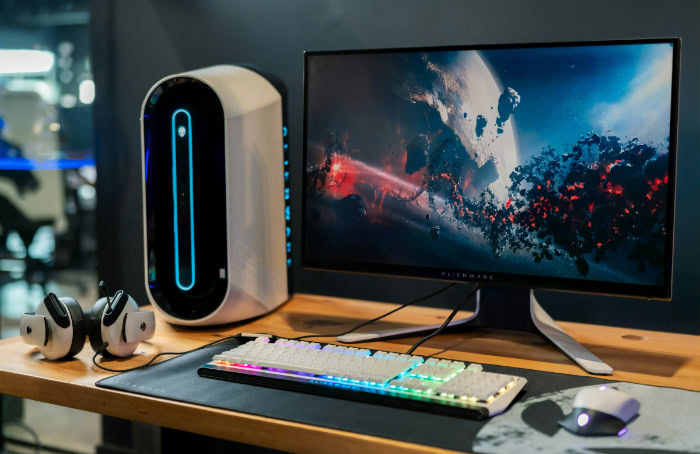
Fast-paced games, vibrant movies, and crisp animations all share one secret ingredient: refresh rate. This overlooked specification can be the difference between a gaming experience that feels buttery smooth or surprisingly clunky.
Gamers, creative professionals, and everyday users are now facing more choices than ever, with monitors boasting 60Hz, 120Hz, 144Hz, and even 240Hz refresh rates. The promise of fluid motion is tempting, but higher numbers often come with higher price tags and steeper hardware requirements.
Understanding Refresh Rates
Refresh rate refers to how many times per second a display updates with new image data, measured in Hertz (Hz). A monitor with a 60Hz refresh rate, for example, redraws the image 60 times a second.
Higher refresh rates, such as 120Hz, 144Hz, or 240Hz, allow the screen to display more frames each second, making motion appear smoother and more fluid, especially during fast-paced action or quick camera movements.
Smooth motion relies on a combination of the monitor’s refresh rate and the frame rate generated by your computer’s graphics card. Frame rate, measured in frames per second (FPS), represents how many images your system delivers per second.
For the best experience, these two numbers should be matched as closely as possible. If your graphics card can produce 144 FPS but your monitor only displays 60Hz, you lose out on the additional frames, leading to dropped visual data and potentially choppier animations.
Conversely, if your monitor supports 144Hz but your system only produces 60 FPS, the smoother feeling of a high-refresh screen won’t be fully realized.
Higher refresh rates bring out noticeably clearer motion, especially in games that involve rapid camera swings or high-speed action. Motion blur and ghosting become less pronounced, and competitive players can react more quickly thanks to the reduced delay between visual changes and user input.
For slower-paced activities, like web browsing or editing static images, the impact of refresh rate may not be as apparent, but it becomes essential as soon as fast motion is involved.
Key Metrics Beyond Hz
Refresh rate is only part of the equation for smooth visuals and responsive gameplay. Several other technical factors contribute to what you see and feel on screen.
Response time, for example, measures how quickly a pixel can change from one color to another. Two common specifications are “gray-to-gray” (GTG) and “moving picture response time” (MPRT).
GTG quantifies the transition between shades of gray, while MPRT relates more directly to the clarity of moving objects. Faster response times reduce motion blur and ghosting, which is particularly important for gamers and action movie enthusiasts.
Another important technology is adaptive sync, with names like G-Sync (NVIDIA) and FreeSync (AMD). These technologies synchronize your monitor’s refresh rate to the output of your graphics card.
Instead of operating at a fixed rate, the display dynamically adjusts to match real-time frame rates, eliminating screen tearing and reducing stutter. This feature can deliver a smoother, more fluid visual experience, especially when frame rates fluctuate.
Panel type has a significant impact on both image quality and gaming performance. TN (Twisted Nematic) panels are known for fast response times and high refresh rates, making them popular among competitive gamers who prioritize speed.
IPS (In-Plane Switching) panels offer better color accuracy and wider viewing angles, appealing to content creators and casual gamers who want great visuals without sacrificing too much speed. VA (Vertical Alignment) panels strike a balance between these two, offering better contrast and modestly faster response times compared to IPS, though typically not as quick as TN panels.
Gaming Performance Across Refresh Rates
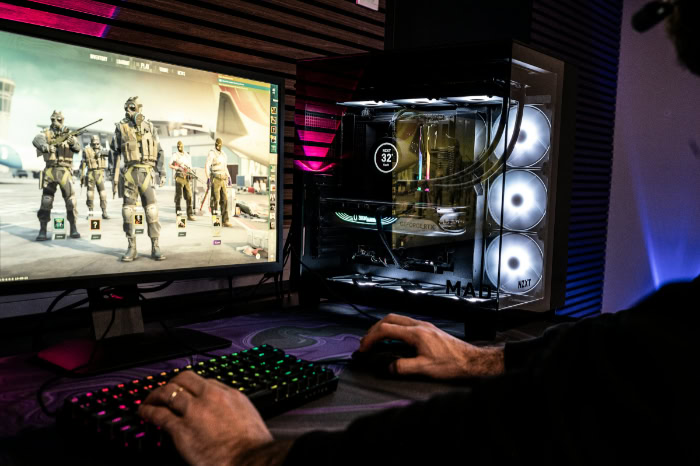
Refresh rate choices have a direct and noticeable impact on gaming performance, shaping both the visual quality and the level of responsiveness players experience. Choosing the right refresh rate can mean the difference between gaining a competitive edge and simply enjoying the immersive qualities of modern games.
Different types of games and players benefit uniquely from various refresh rates, making it important to match your display to your gaming preferences and needs.
Competitive Gaming (240Hz)
Esports and fast-paced multiplayer games demand lightning-fast reactions and precise control. For competitive players, a 240Hz monitor can offer a significant advantage.
Each frame is displayed for a shorter time, so movements feel instantaneous and aiming becomes more precise. The reduction in input lag can help players spot and react to opponents that split second faster, which can be critical in games like Counter-Strike, Valorant, or Overwatch.
Motion blur is also drastically reduced at higher refresh rates, keeping fast movements crystal clear and making it easier to track enemies during intense firefights.
However, once refresh rates climb beyond 144Hz, returns begin to diminish for those who play primarily for fun. Casual gamers may not notice the subtle difference between 144Hz and 240Hz in the same way seasoned competitors do.
For most people, the jump from 60Hz to 144Hz feels dramatic and immediately obvious, while the shift to 240Hz seems less pronounced and mostly benefits those seeking any possible competitive edge.
Casual Gaming (120Hz/144Hz)
Many modern story-driven games, open-world adventures, and single-player experiences look and feel dramatically better at 120Hz or 144Hz. Moving to these refresh rates from 60Hz makes motion smoother and more lifelike, especially during quick camera movements, fast action sequences, or hectic on-screen effects.
The difference in visual fluidity can make exploration and action feel more natural, pulling players deeper into the worlds developers have crafted.
Adaptive sync technologies, such as G-Sync and FreeSync, come into play here by synchronizing the monitor’s refresh rate with the frame rate produced by your graphics card. This pairing eliminates distracting visual artifacts like screen tearing, where portions of multiple frames appear onscreen at once.
By keeping everything in lockstep, adaptive sync helps maintain immersion and consistent smoothness, even during dips or spikes in performance.
60Hz Limitations
A 60Hz display remains common, especially on budget monitors and laptops, but it brings certain trade-offs for gamers. Fast-paced games can suffer from noticeable motion blur and input lag, making intricate or twitch-based gameplay feel less responsive.
Screen tearing becomes a frequent annoyance if the frame rate of the graphics card exceeds the monitor’s capability, disrupting the sense of visual cohesion during rapid movement.
Despite those drawbacks, 60Hz still performs adequately for non-demanding games. Indie titles, visual novels, turn-based games, or slower-paced simulations rarely reveal the performance gaps seen in action-heavy genres.
For players who gravitate toward laid-back or retro experiences, 60Hz provides a cost-effective option that handles the basics without issue. However, as game graphics and mechanics continue to advance, stepping up to a higher refresh rate can offer a noticeable improvement for almost any gamer seeking more vivid and immersive play.
Cost vs. Value
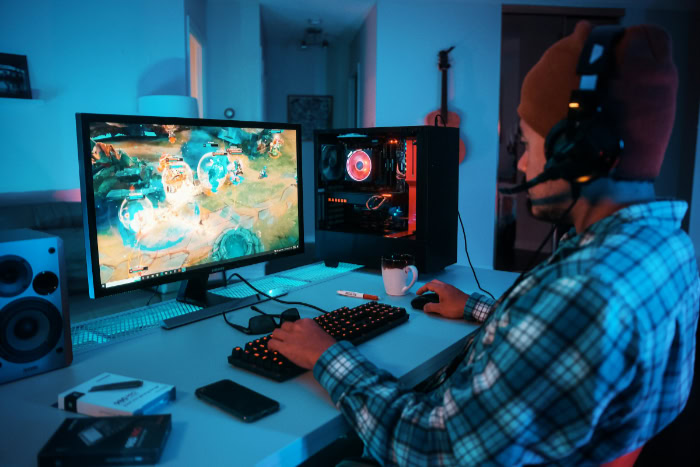
Selecting a monitor is about more than just specs and performance-it’s also a financial decision. Monitor pricing can vary dramatically, not only with refresh rate but also with resolution and additional features.
Balancing what you really need with what fits your budget will ensure you get the most out of your investment.
Price Tiers
Monitor pricing spreads widely across different refresh rates. Entry-level 60Hz monitors are widely available for around $100 to $200, making them accessible for students, casual users, and offices.
For those wanting a noticeable bump in smoothness, 144Hz displays have become the sweet spot for gamers and general users; most quality options fall between $200 and $400, offering both performance and value. Stepping into the 240Hz market means moving up to premium territory.
Monitors in this range generally start at $400 and can climb much higher, particularly if they include features like advanced adaptive sync, higher resolution, or vibrant color reproduction.
Choosing where to spend depends heavily on what matters most: basic tasks, all-day gaming, or top-tier responsiveness for competitive play. Higher prices often reflect better build quality, more sophisticated panels, and broader feature sets, but diminishing returns set in quickly for everyday users.
Resolution Trade-Offs
Resolution and refresh rate often tug against each other, especially in the mid and high-end markets. Many 240Hz monitors stick with 1080p resolution, as pushing hundreds of frames per second at higher resolutions requires extremely powerful graphics hardware.
Players focused purely on performance, especially in competitive genres, tend to value high refresh rates over increased pixel density, making 1080p at 240Hz a common option.
On the other hand, 1440p monitors at 144Hz balance sharp detail with fluid motion, turning games and media into visually stunning experiences. This combination is especially popular among gamers who value both smoothness and image quality.
Moving up to 4K brings unmatched sharpness, but most 4K monitors are still capped at 60Hz or 120Hz. Achieving both high refresh rates and 4K resolution is currently expensive and challenging for all but the most powerful gaming setups.
Long-Term Investment
For many shoppers, a monitor purchase is a long-term commitment. Opting for a higher refresh rate can help future-proof your setup, especially if you anticipate a GPU upgrade in the next couple of years.
A display capable of 144Hz or 240Hz ensures you can take advantage of improved hardware performance without needing to upgrade your monitor again soon.
However, for users who mainly need a screen for web browsing, document editing, or video streaming, investing in the highest refresh rate options provides minimal benefit. In those cases, spending extra for features designed for gaming or content creation could be considered overkill.
Allocating budget toward areas that truly enhance your personal use case will maximize value and satisfaction over time.
Technical Requirements and Hardware Compatibility
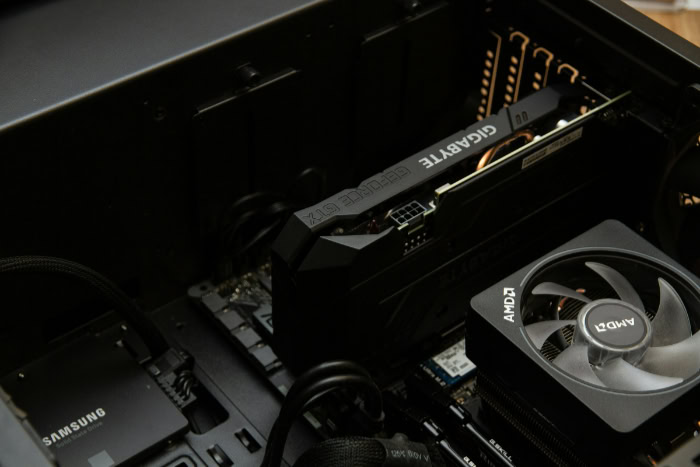
Achieving the benefits of higher refresh rates is not just about picking the right monitor. Hardware inside your PC plays a major role in delivering smooth and responsive visuals, especially during demanding games or high-speed sequences.
It’s crucial to match your display ambitions with components that can keep up, as a mismatch may lead to wasted potential or frustrating limitations.
GPU Demands
The graphics card, or GPU, acts as the driving force behind the visuals displayed on your monitor. Achieving high frame rates for AAA titles at high resolutions requires substantial horsepower.
Competitive games such as Counter-Strike or Valorant are typically optimized for high performance and can hit 240 frames per second more easily, even on mid-range cards. Blockbuster AAA games, however, may struggle to reach those numbers and often peak around 60 to 120 FPS, particularly if you turn up settings like ray tracing or play at 1440p or 4K.
Attempting to take full advantage of a 240Hz monitor at 1080p means your GPU needs to render at least 240 frames per second consistently. Only high-end or the latest-generation mid-range GPUs can achieve that in visually complex games.
Stepping up to 1440p or 4K sharply increases the graphics workload, lowering achievable frame rates and potentially requiring even more powerful cards if high refresh rates remain a priority.
System Bottlenecks
While the GPU often receives the most attention for gaming performance, the processor, or CPU, can also become a limiting factor, especially in games that demand many calculations per second or feature expansive virtual worlds. In high-FPS gaming scenarios, such as striving for 200+ frames per second, the CPU needs to keep up with issuing game logic and drawing commands to the GPU.
Older or less powerful CPUs might throttle performance, resulting in lower or inconsistent frame rates, even if the graphics card is capable.
RAM and storage play a less prominent role in sustaining high refresh rates. Sufficient memory (typically 16GB or more) is recommended for modern games, but simply adding more RAM usually won’t increase frame rates.
Fast storage, like SSDs, ensures quick game load times and smooth asset streaming, but again, has little direct impact on how many frames your GPU and CPU can produce per second.
Optimization Tips
Reaching consistently high frame rates often requires smart adjustments and proper setup. Lowering demanding in-game settings such as shadows, post-processing, and anti-aliasing can unlock significant performance gains without sacrificing too much visual quality.
Matching your graphics settings to your GPU’s capabilities lets you target your desired frame rate more reliably, especially when aiming for 120Hz, 144Hz, or higher.
Enabling adaptive sync features like G-Sync or FreeSync allows your monitor to adjust its refresh rate in real time to match your frame output. Making sure these settings are activated both in your monitor’s on-screen display and within your GPU control panel can eliminate tearing and stutter.
Regularly updating graphics drivers and checking for firmware updates on your monitor help ensure the smoothest, most stable performance across all your favorite titles.
Use Case Recommendations
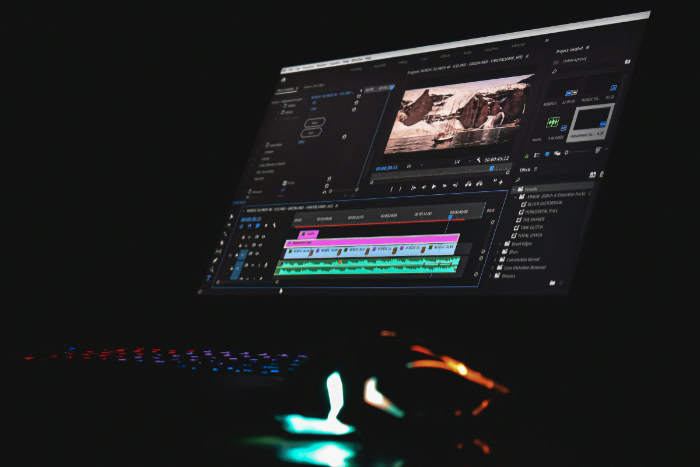
Choosing the right monitor goes beyond technical specifications; it is about matching the display to how you use your computer each day. Different refresh rates and panel types offer distinct advantages for gamers, professionals, and everyday users alike.
Aligning your needs with the strengths of each category ensures a more enjoyable and efficient experience, whether you are chasing victory in a fast-paced match, creating vibrant content, or simply working through a list of emails.
Esports/Competitive Gaming
High-stakes matches and rapid reflexes put immense pressure on display technology. For esports enthusiasts and competitive gamers, a 240Hz monitor provides the lowest possible latency and enables lightning-fast reactions to in-game events.
TN panels excel at keeping response times to a minimum, though some modern IPS options have caught up significantly, delivering super-fast refresh rates while maintaining better color accuracy. Pairing a 240Hz panel with a responsive GPU allows skilled players to capitalize on every advantage, making moves smoother and tracking targets more precise.
Competitive-minded players will immediately appreciate the tight, crisp visuals and the tangible improvement in input responsiveness.
Casual Gaming/Media Consumption
Most gamers and entertainment lovers benefit most from a 144Hz monitor, especially when paired with an IPS or VA panel. This refresh rate delivers a hefty boost in smoothness compared to 60Hz, noticeably enhancing movement in action scenes and open-world adventures.
IPS panels add vibrant colors and great viewing angles, making games and movies look better from anywhere in the room. VA panels offer impressive contrast and deeper blacks, which can make cinematic scenes feel more immersive.
For long gaming sessions or relaxed movie nights, the combination of smooth motion and appealing visuals creates a satisfying all-around experience.
Content Creation
Artists, video editors, and photographers have different priorities than gamers. Color accuracy, consistency, and coverage of professional color spaces often outweigh the need for extreme refresh rates.
IPS monitors stand out in this category, delivering rich, true-to-life colors and wide viewing angles that help creative work shine. A 60Hz or 75Hz IPS panel typically meets the needs of most creators, though some modern displays now offer higher refresh rates without sacrificing color fidelity.
For editing high-resolution photos, designing graphics, or grading video, precise color reproduction matters most, ensuring content looks as intended on all devices.
General Productivity
Everyday office work, web browsing, and basic tasks rarely benefit from higher refresh rates. A reliable 60Hz or 75Hz monitor is more than sufficient for spreadsheets, email, and online meetings.
Higher resolutions often matter more in this category, maximizing workspace and clarity for multitasking. Choosing a display with good ergonomics, eye comfort features, and just enough refresh rate to avoid visible flicker is usually the best route.
For students and professionals who value efficiency over visual extravagance, a modest monitor gets the job done without unnecessary expense.
Conclusion
Selecting the best refresh rate for your monitor should reflect your needs, your hardware, and how you spend time on your computer. Higher refresh rates, such as 120Hz, 144Hz, or even 240Hz, deliver smoother motion and more responsive gameplay, but also bring greater demands on your system and wallet.
Those who thrive on fast-paced competition will notice real gains from a 240Hz panel, while casual gamers and content enthusiasts often find 144Hz and quality IPS or VA panels provide the most rewarding balance of performance and visuals. Creative professionals may wish to focus on color accuracy and resolution above all else, and everyday users can stay productive with simpler, budget-friendly 60Hz or 75Hz monitors.
Weighing refresh rate, panel technology, and budget together leads to a setup that feels just right, letting you enjoy every moment you spend in front of your screen.
